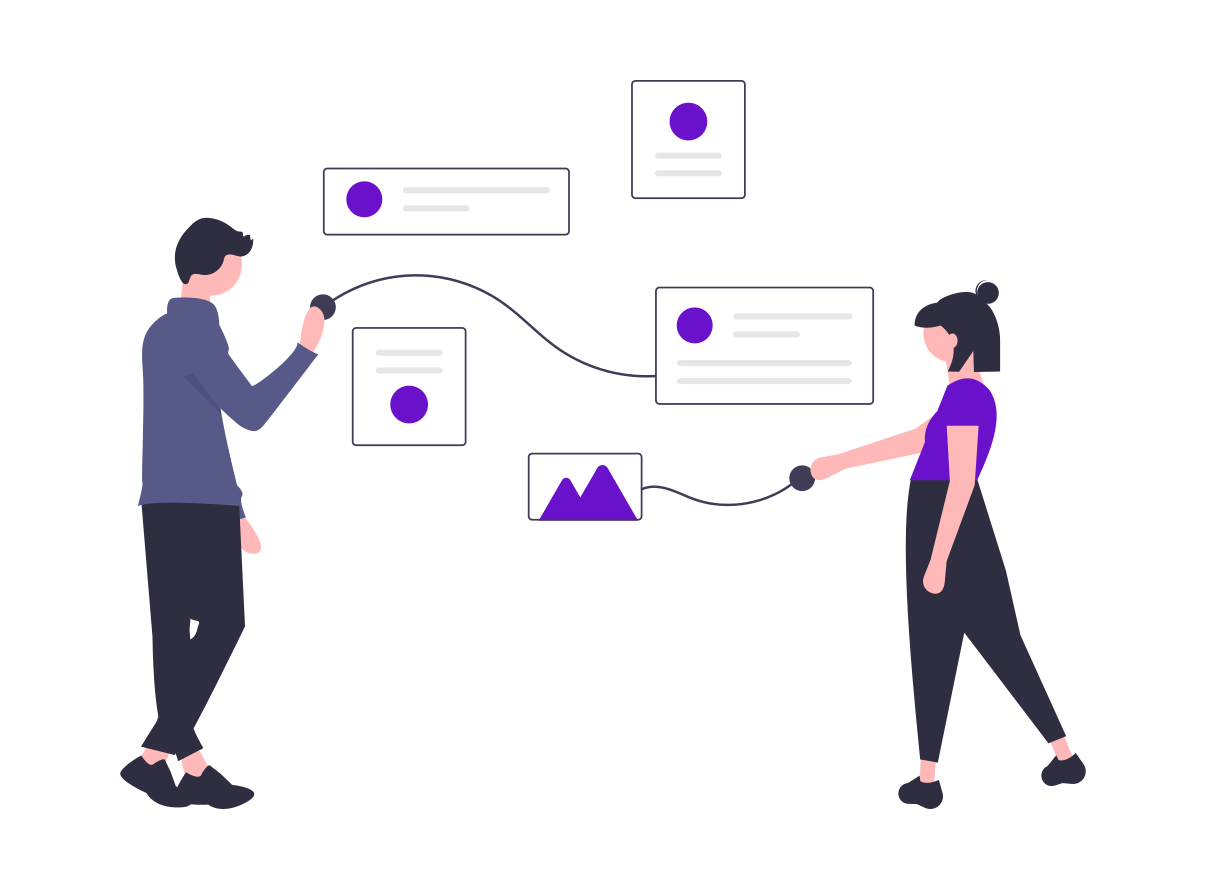In the realm of marketing, segmentation plays a crucial role in creating effective strategies that resonate with specific groups of consumers. Among the various segmentation methods, geographic and demographic segmentation are two of the most commonly used. Understanding the distinctions and applications of each can significantly enhance the precision and impact of marketing campaigns. This article delves into the key differences between geographic and demographic segmentation and explores their respective applications.
Geographic Segmentation
Definition and Basis
Geographic segmentation divides the market based on geographical boundaries. This method considers factors such as:
- Location: Country, state, city, or neighborhood.
- Climate: Weather patterns and seasonal variations.
- Population Density: Urban, suburban, or rural areas.
- Region: Local, regional, national, or international.
Key Applications
-
Localized Marketing: Businesses can tailor their marketing messages to align with the local culture, language, and preferences. For example, a retail chain might advertise different products in different regions based on local demand.
-
Seasonal Marketing: Products that vary with the seasons, like winter clothing or summer beverages, benefit from geographic segmentation. Marketers can target regions experiencing specific weather conditions.
-
Regional Promotions: Geographic segmentation is useful for running region-specific promotions, discounts, or events, ensuring relevance and higher engagement.
-
Logistics and Distribution: Understanding geographic segments helps in planning efficient logistics and distribution channels, ensuring timely product availability.
Demographic Segmentation
Definition and Basis
Demographic segmentation divides the market based on demographic variables such as:
- Age: Different age groups have varying needs and preferences.
- Gender: Marketing strategies often target products or services specifically to men or women.
- Income Level: High-income vs. low-income consumers have different purchasing power and preferences.
- Education Level: Educational background can influence consumer behavior and product choices.
- Occupation: Professional roles often dictate the types of products and services needed.
Key Applications
-
Age-Specific Marketing: Companies can create products and marketing messages tailored to specific age groups. For example, toys for children, fashion for teenagers, or retirement plans for seniors.
-
Gender-Based Marketing: Certain products are gender-specific, like cosmetics for women or grooming products for men. Understanding the gender demographics helps in crafting appropriate marketing strategies.
-
Income-Based Targeting: High-end luxury brands target high-income consumers, while budget-friendly products cater to low-income segments. Marketing messages can be designed to resonate with each income group’s financial capacity.
-
Educational Content: Products or services that require a certain level of understanding or expertise can be marketed based on the target audience’s educational background. For instance, advanced tech gadgets might be targeted towards tech-savvy, highly educated consumers.
-
Occupation-Specific Products: Professionals in different fields have unique needs. Office supplies and software solutions might be marketed to corporate professionals, while tools and machinery might target those in manual labor sectors.
Key Differences
-
Basis of Segmentation:
- Geographic Segmentation: Based on physical location and environmental factors.
- Demographic Segmentation: Based on population characteristics and socio-economic factors.
-
Nature of Data:
- Geographic Data: Often straightforward and quantifiable (e.g., maps, climate data).
- Demographic Data: Requires detailed demographic surveys and statistics (e.g., census data).
-
Marketing Focus:
- Geographic Segmentation: Focuses on regional preferences and logistical considerations.
- Demographic Segmentation: Focuses on individual characteristics and socio-economic status.
-
Applications:
- Geographic Segmentation: Best for location-based services and products, seasonal goods, and regional promotions.
- Demographic Segmentation: Ideal for products and services tailored to specific age groups, genders, income levels, education, and occupations.
Conclusion
Geographic and demographic segmentation are both vital tools in a marketer's toolkit. Each method provides unique insights that can enhance marketing strategies and drive better results. By understanding the key differences and applications of geographic and demographic segmentation, businesses can craft more targeted, relevant, and effective marketing campaigns. Leveraging these segmentation methods effectively allows for a deeper connection with the audience and a higher likelihood of achieving marketing objectives.


